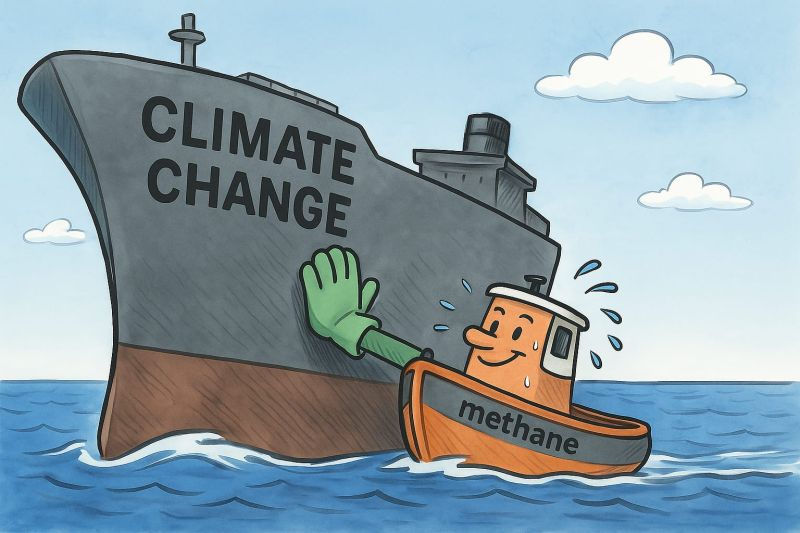COP—The Coalition of the Willing—Needs Followers
- Syed Azhar Hussain Shah

- 21 hours ago
- 2 min read

The world is convening in Belém for COP to address climate change, pollution, and their growing societal impacts.
The criticisms have already begun—about the venue, the process, and the outcomes.
I’ve been a longtime critic myself.
But we need a little perspective.
Despite its flaws, COP continues to be the only global mechanism that facilitates large-scale, open discussions on climate change, while also fostering some degree of strategic planning and collaboration.
Its limitations are structural: COP is, after all, a conference of the parties—a gathering of nations that ratified the UNFCCC—trying to develop practical solutions within independent political and economic constraints.
That’s it.
Yet one lesser-known benefit of COP is how it spawns action-oriented “spin-offs” typically led by a “coalition of the willing” that come together precisely due to inaction.
Frustration forces leaders to stand up.
The Montreal Protocol was one such coalition. A few determined nations took on the challenge of phasing out CFCs to restore the ozone layer, the result of which is expected to reduce warming by 2.3ºC by 2100!
That is where the real action happens.
So, where do we need a “Coalition of the Willing” today?
👉 Methane.
Methane is a super-pollutant responsible for 30–40% of global warming, yet it receives less than 4% of climate finance.
Cutting methane emissions could cool the planet by ~0.3°C by 2050—double what can be achieved through decarbonization alone, and triple by 2100 (Climate and Clean Air Coalition). It buys us the time to catch up on building the low-carbon and carbon-removal infrastructure we need.
The economics are just as compelling: Every $1 invested in methane mitigation yields $6 in avoided damages, saving roughly $1 trillion per year (Stoerk, Rising, Shindell, Dietz). For example, it is estimated to reduce Amazon dieback by 8% and stabilize the Indian monsoon by 13%!
This is where we should focus our collective will.
And because coalitions function like movements, we need to understand our role here.
There’s always a “crazy” leader (the organizations that have been working on methane for decades) and a few “brave” first followers (that should be us).
(I recommend seeing Derek Sivers’ classic TED Talk: How to Start a Movement.)
The lighthearted diagram in this post shows a lone tugboat pushing up against a giant ship.
Let’s join these leading organizations and help them push.
.png)



Comments